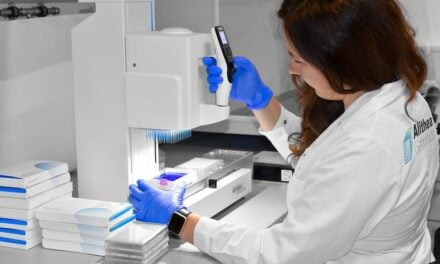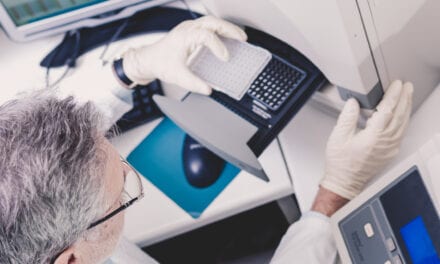Summary: As accessibility to long-read sequencing technologies like Oxford Nanopore and PacBio increases, clinical laboratories must assess their readiness for implementation. This involves considerations around new instrumentation, workflow modifications, and staff training. Insights from early adopters and expert advice offer practical guidance for labs considering these technologies for applications in infectious disease, cancer, and rare disease diagnostics.
Key Takeaways
- Long-read sequencing technologies are becoming more accessible and hold promise for clinical labs.
- Successful adoption requires changes in instrumentation, workflow, and staff training.
- Insights from early adopters can provide guidance on overcoming implementation challenges.
- Practical advice is essential for the integration of these technologies into lab diagnostics workflows.
- Regulatory compliance and best practices are crucial for maintaining diagnostic accuracy and reliability.
As long-read sequencing gains traction, clinical laboratories are facing the decision of whether to integrate this technology into their diagnostic processes. Long-read sequencing offers the potential for insights into genetic information, notably enhancing diagnostic capabilities in infectious disease surveillance, cancer diagnostics, and rare disease detection. However, adopting these technologies necessitates a thoughtful evaluation of current lab capacities and a strategic approach to necessary changes.
Preparing for Transition
For clinical labs, adopting long-read sequencing technologies such as Oxford Nanopore and PacBio demands thoughtful preparation. Current workflows, typically centered around short-read sequencing, will require modifications to accommodate the unique demands of long-read data. This includes adjusting sequencing protocols and implementing new data analysis pipelines that can handle the increased complexity and volume of data generated.
Instrumentation poses the first challenge. Existing laboratory setups may need new equipment capable of supporting long-read platforms, necessitating budget considerations and space allocation. Clinical lab technicians will also require training to operate these new systems effectively and make data-driven decisions based on long-read outputs. Integrating these changes into existing infrastructure without disrupting day-to-day operations is crucial.
Moreover, understanding the specific applications within clinical diagnostics presents both challenges and opportunities. In infectious disease surveillance, long-read sequencing can provide comprehensive insights into pathogen genomes, allowing for improved outbreak tracking and response strategies. For cancer diagnostics, it offers a more detailed view of tumor genomes, potentially leading to more personalized treatment strategies. In rare disease cases, its ability to resolve complex genomic regions can assist in identifying elusive genetic mutations.
Insights from Early Adopters
When considering adopting long-read sequencing technologies, a factor to consider is establishing a dedicated team focused on integrating these technologies smoothly into existing operations. Staff training and education are essential components, with some labs opting for external workshops and certifications to ensure proficiency in new sequencing methods.
Another lesson is the importance of collaborative efforts. Cooperation between laboratory professionals and bioinformatics departments can enhance the analysis and interpretation of data, leading to more informed clinical decisions. Investing in robust bioinformatics support is crucial, given the complexity of interpreting long-read data.
Addressing regulatory considerations is another aspect. Long-read sequencing must align with existing clinical standards and regulations to ensure diagnostic accuracy. Some early adopters have engaged with regulatory bodies early in their implementation planning to navigate any compliance issues efficiently.
Lastly, staying updated with best practices and innovations in long-read sequencing can facilitate smoother transitions. Participation in industry seminars and conferences helps laboratories keep abreast of technological advancements and shared experiences across the field, promoting a collaborative exchange of knowledge and practices.
In conclusion, the integration of long-read sequencing into clinical laboratories requires more than just access to cutting-edge technology. It involves comprehensive preparation, workforce education, strategic partnerships, and an active engagement with regulatory frameworks. By learning from early adopters and carefully planning their approach, clinical labs can effectively harness long-read sequencing’s potential, ultimately enhancing their diagnostic capabilities and patient outcomes.





